Are there ‘rules’ for conveying emotion through art?
Futurum
SEPTEMBER 26, 2023
a line) Quantify — to measure the number or amount of something To what extent can art be used to communicate specific emotions? We explored how people use associations with colours and line properties to communicate emotions,” says Dr Dirk Bernhardt-Walther, Associate Professor at the University of Toronto’s Department of Psychology. “In

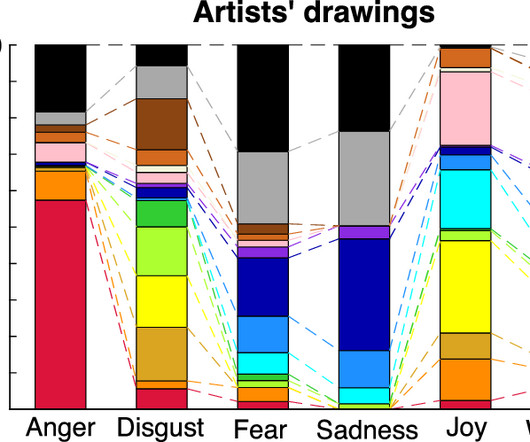
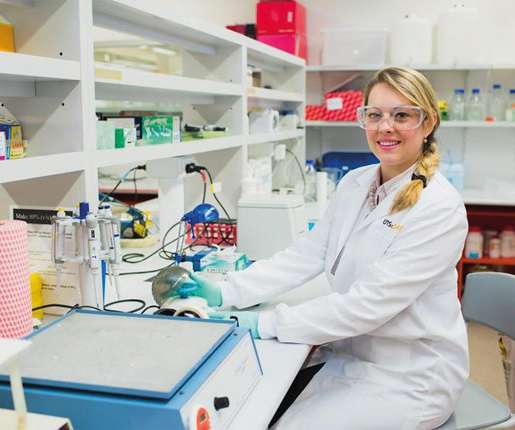

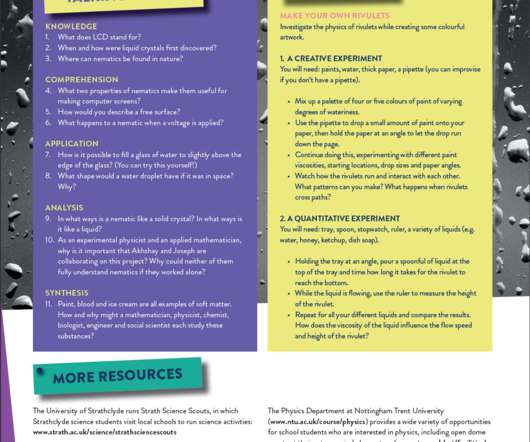



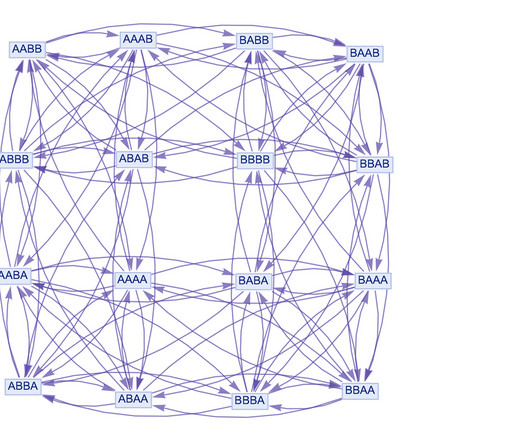
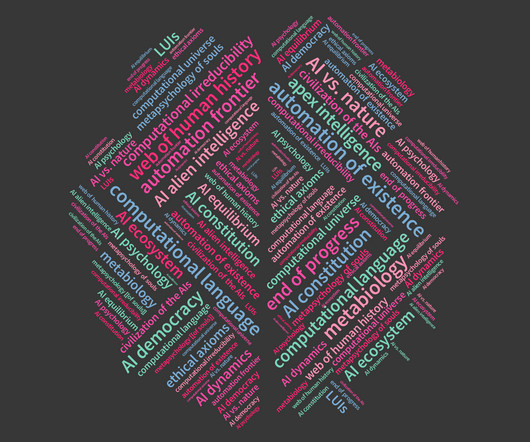
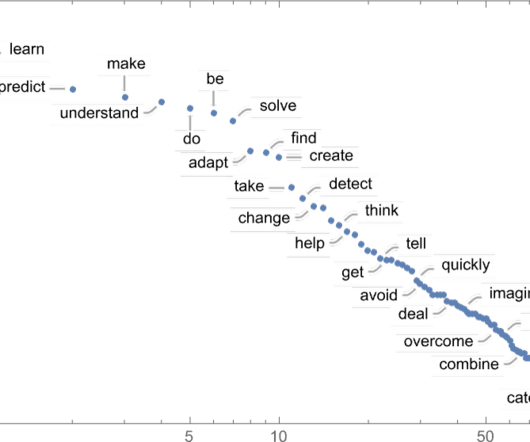






Let's personalize your content